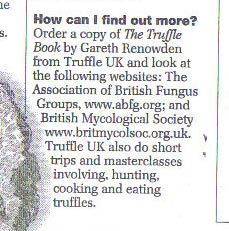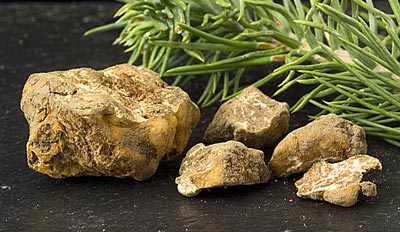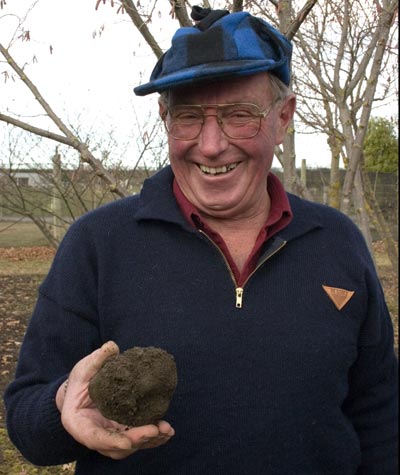Time for a bit of book marketing. A little while ago, I submitted The Truffle Book to Google's Book Search feature. The full text of the book is searchable (here), and you can read relevant pages (scanned in from the pdf edition). Although the whole book is available, you can only read about 20% at any one time - which seems like a sensible limit to me. After all, the pdf edition isn't exactly expensive - NZ$15 is about US$9.40 or £5.10 - and I would like to make a profit on the exercise.
Meanwhile, my US and UK distributors have put the book on Amazon.com and Amazon.co.uk. If you've read the book and enjoyed it, how about contributing a reader review? Or putting it on your wish list? You might suggest a friend buys a copy there, just to push the sales rank up a bit.
UK readers can also purchase the book from Truffle UK (who recently sold quite a few copies at the Chelsea Flower Show, and have a nice congrats message on their homepage). I suspect they also had a substantial hand in getting the book plugged by gardening writer Bunny Guinness in The Sunday Telegraph back in June (not available at the Telegraph website (yet?):

Not exactly a review, but a firm recommendation... and sorry about the pic alignments going wonky*. I'm struggling with the Flint css... Mark?


.jpg)


